Understanding Different EV Charging Levels – Level 1, Level 2, and DC Fast Charging Explained.
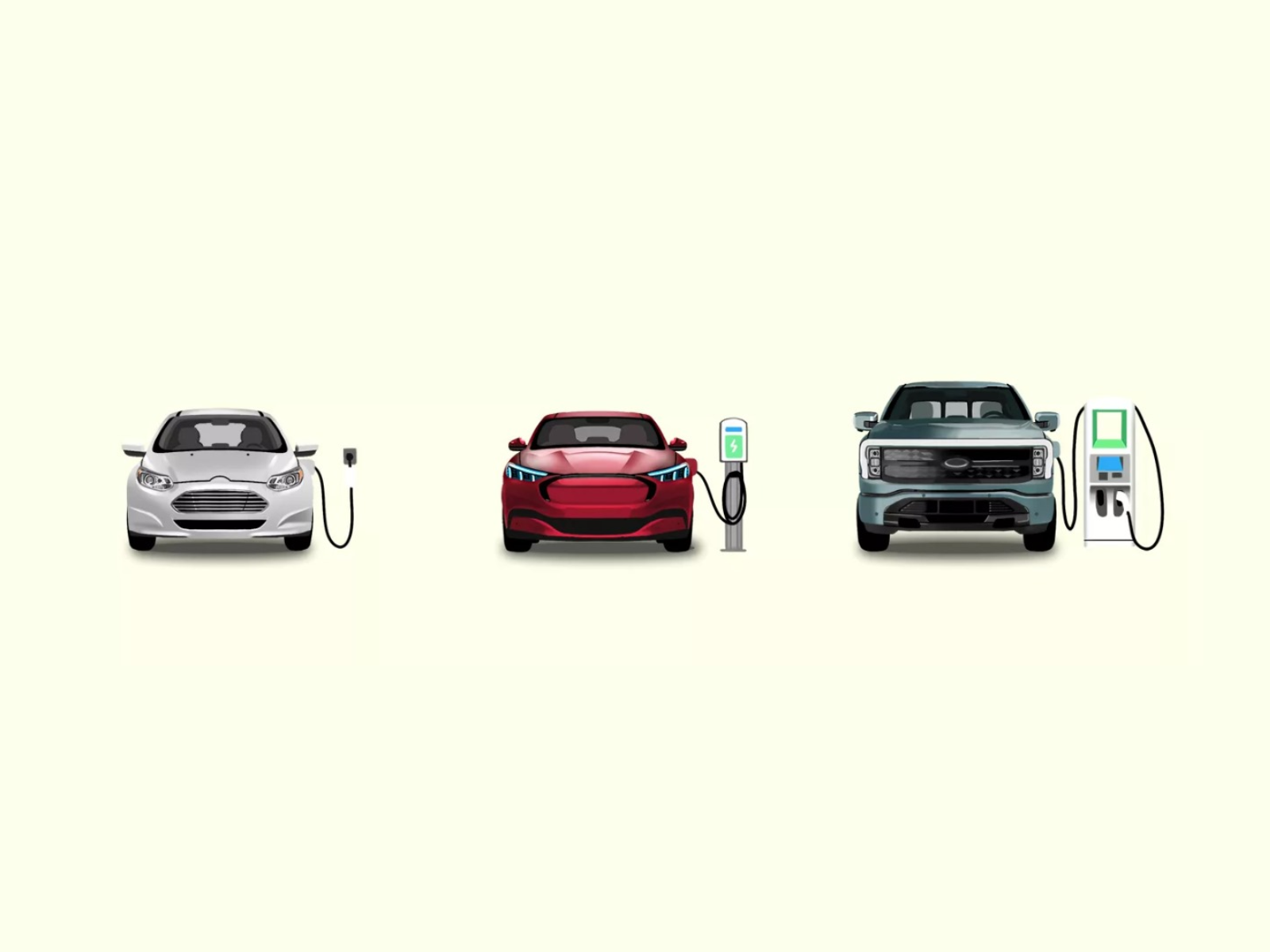
The world of EVs is quite fascinating, as the whole ecosystem of EVs is quite different from ICE vehicles. The era of petrol and diesel vehicles surely started a revolution of developed mobility around the world, but the world of electric mobility is quite different and complex as it has various technologies to understand, and so is the charging technology.
The Automotive engineering organization SAE international has defined charging into three Levels: Level 1, Level 2, and Level 3. All have different electric supply and abilities, which help to charge your car more efficiently. Let’s have a brief discussion on this.
Level 1
This is a starting and basic level of charging equipment, which is offered by car manufacturers in their new cars. These are ordinary household chargers which are placed to give more convenience to the EV user to charge his car. In Level 1, charging speed is quite slow and it juices up your car batteries at a slow rate.
- Level 1 doesn’t fulfill every EV owner’s charging requirements, as if you drive only 40 Km each day, then you will need to use only a Level 1 charger.
- The Level 1 charging is less efficient that Level 2 charging and is not enough to fulfill the charging needs of most EV owners, however do note that using an extension cord can cause overheating, if the cord isn't rated for the power draw. EV manufactures generally don't recommend using extension cords for Level 1 charging, unless the cord is verified and appropriately rated.
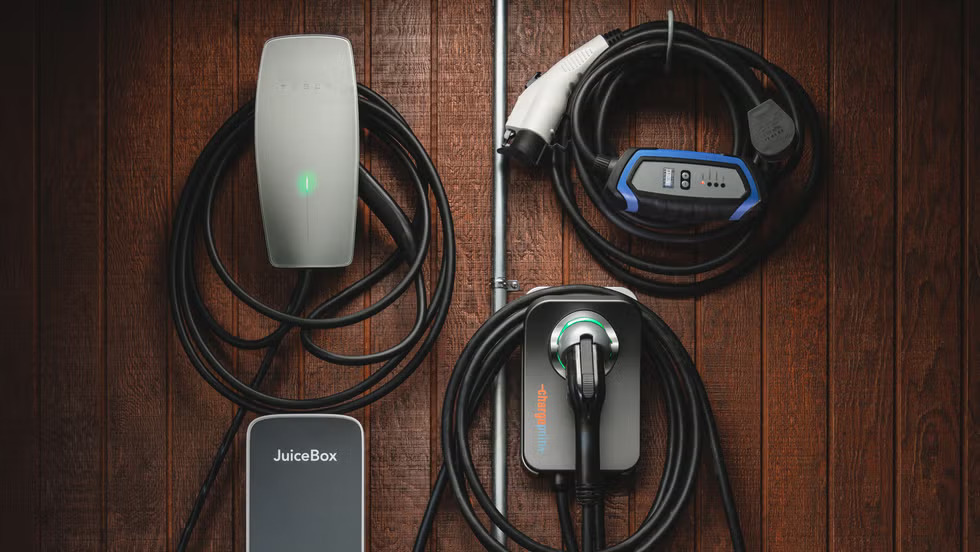
Level 2
Level 2 charging is pretty much faster and operates at 240 Volts, which is typically three to four times more amperage than Level 1 charger. Level 2 charger can charge your car faster by six to eight times than Level 1 setup, giving around 20-60 Km of driving range for each hour of charging.
- The charging rate of Level 2 can differ fast. A typical 240-Volt, 24-Amp unit can generate 6.0 kW of constant power. The fastest Level 2 charger is rated at 80-Amps, or 19.2 kW, making it three times faster than 24-Amp setup.
- Hardware on the car tells us about the maximum capability of charging. Most cars are not designed to handle 19.2 kW, so it is necessary to match your charging requirements to what your EV can handle and sustain.
- We recommend installing Level 2 charging at home if you own an EV and want to charge your EV considerably faster and efficiently.
- Installing Level 2 charger at your home is an additional expense and some states and governments provide incentives to install it with significant cost reduction.
- They are typically found in public places, such as parking garages, retail space and malls. The end of the cord that plugs into your EVs looks quite similar to those you use for charging at home.
- Thus Level 2 chargers can add a reasonable amount of range to your EVs after only a couple of hours.
Level 3 (DC Charging)
These chargers are next-generation fast chargers, and their speed of charging is quite rapid. These are very essential during long highway runs, where EV owners need fast charging to add around 200-300 Kms of range in 30-45 minutes. Compared to the two other charging Levels, Level 3 setups are connected to the electric vehicles by a socket with additional pins for handling the higher Voltage ( Approx. 400 or 800 Volts).
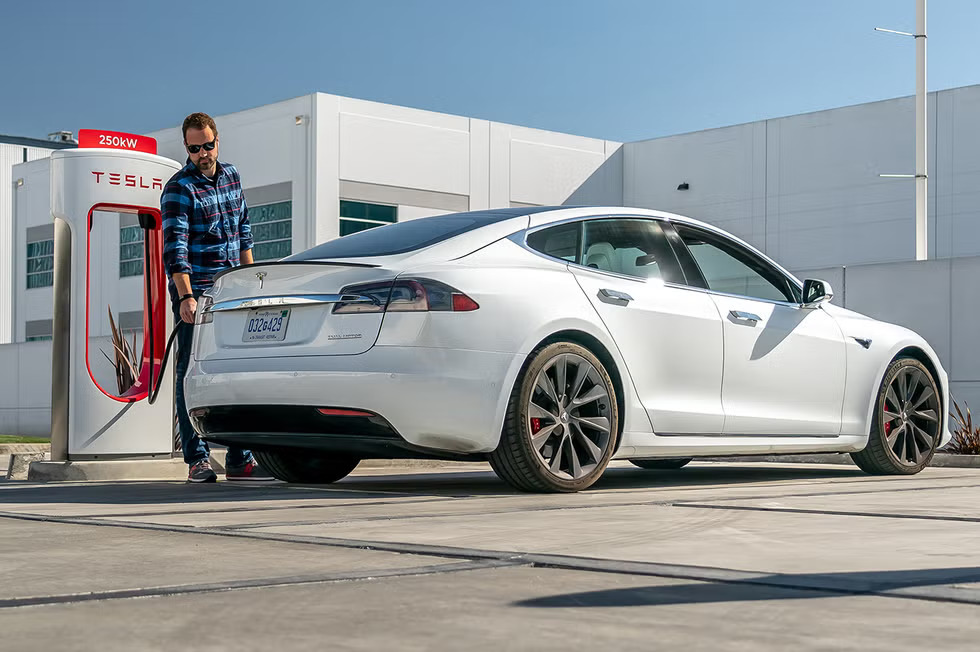
- The range of Level 3 charging is from as low as 50 kW to as high as 500 kW, depending on the capacity of the charger.
- Do Note that if your EV can handle a maximum of 50 kW on a Level 3 Charger, then it will not charge as fast as a DC charger can do because the limit of energy flow will be only 50 kW, even if the charger is throwing the energy of 500 kW, so that’s why it is very important to look at the capacity of your car’s charging.
- The charging rate of Electric Vehicles on a Level 3 Charger can change dramatically depending on the battery’s stage, as it slows down the speed of charging when the battery is topped at 80% capacity to prevent overheating and overcharging. For Example, it may take approximately the same time to charge from 80 to 100% as it does from 10 to 80%.
Future of Charging
The technology of charging is quite promising and is in the developing stage as a proper and developed EV infrastructure will pave smooth roads for EVs to run smoothly in India. Soon many EV manufacturers will be installing Level 3 Chargers (DC fast chargers) at major Tier 1 and Tier 2 cities for enhanced infrastructure.
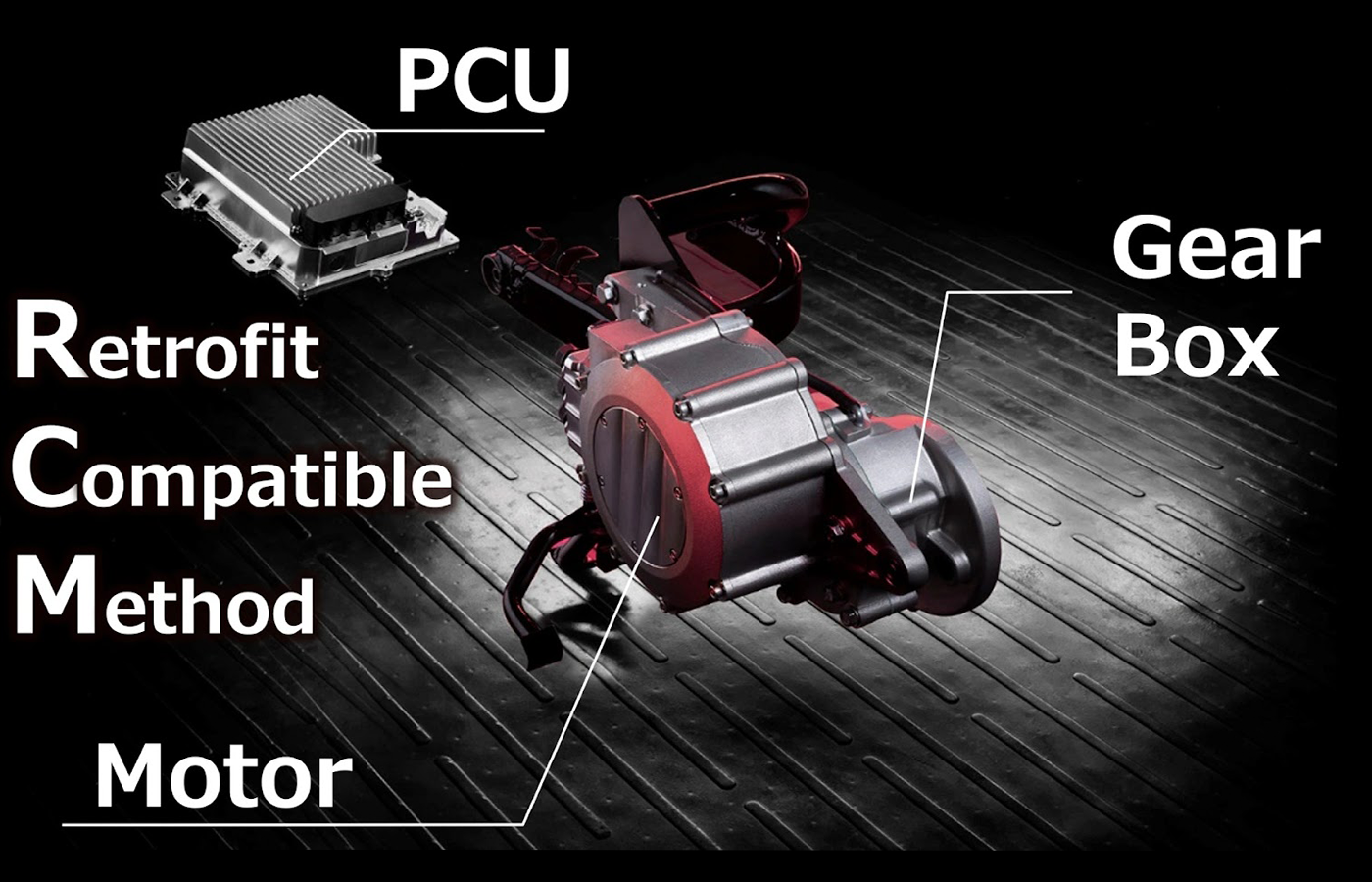
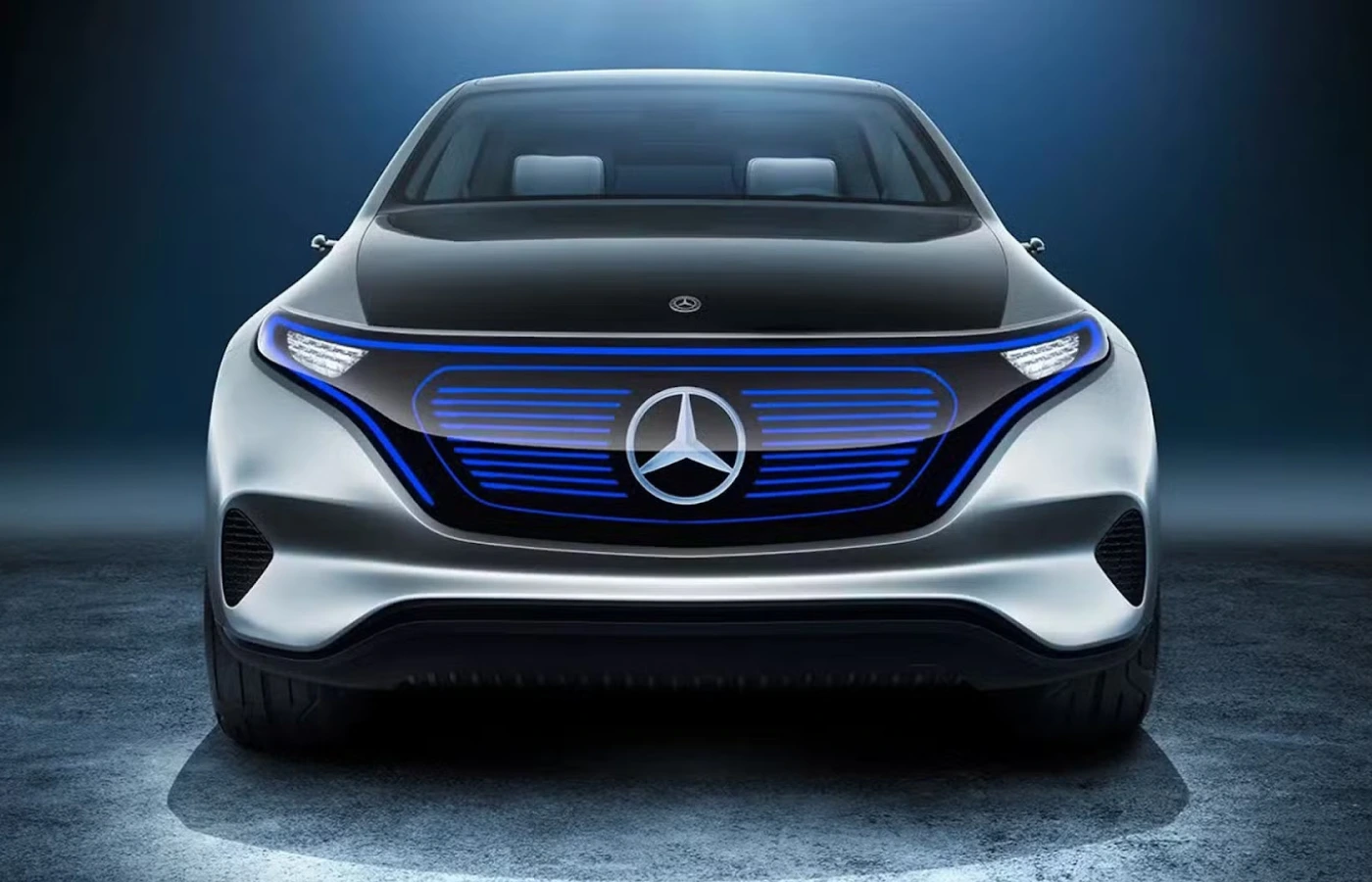
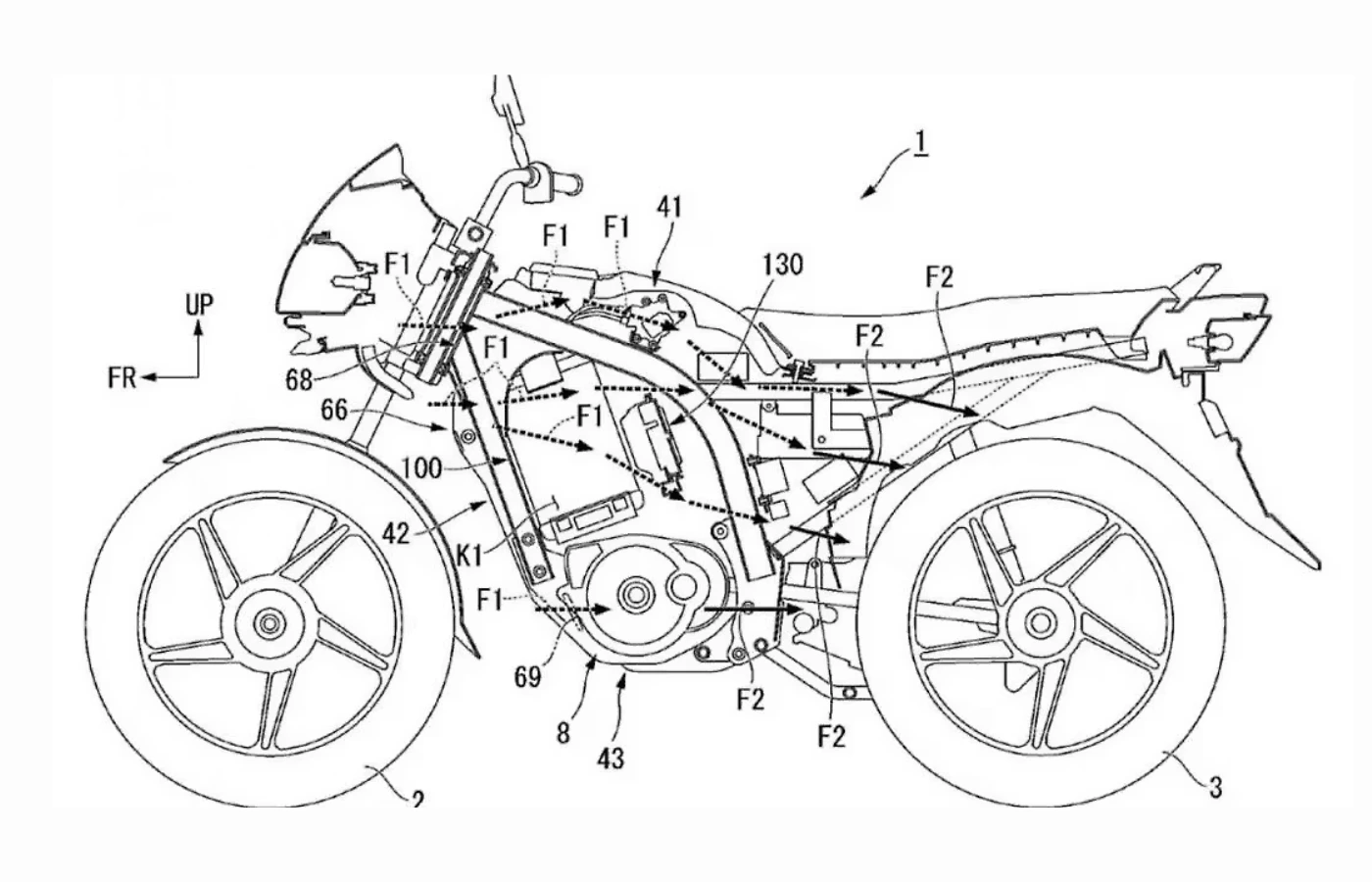
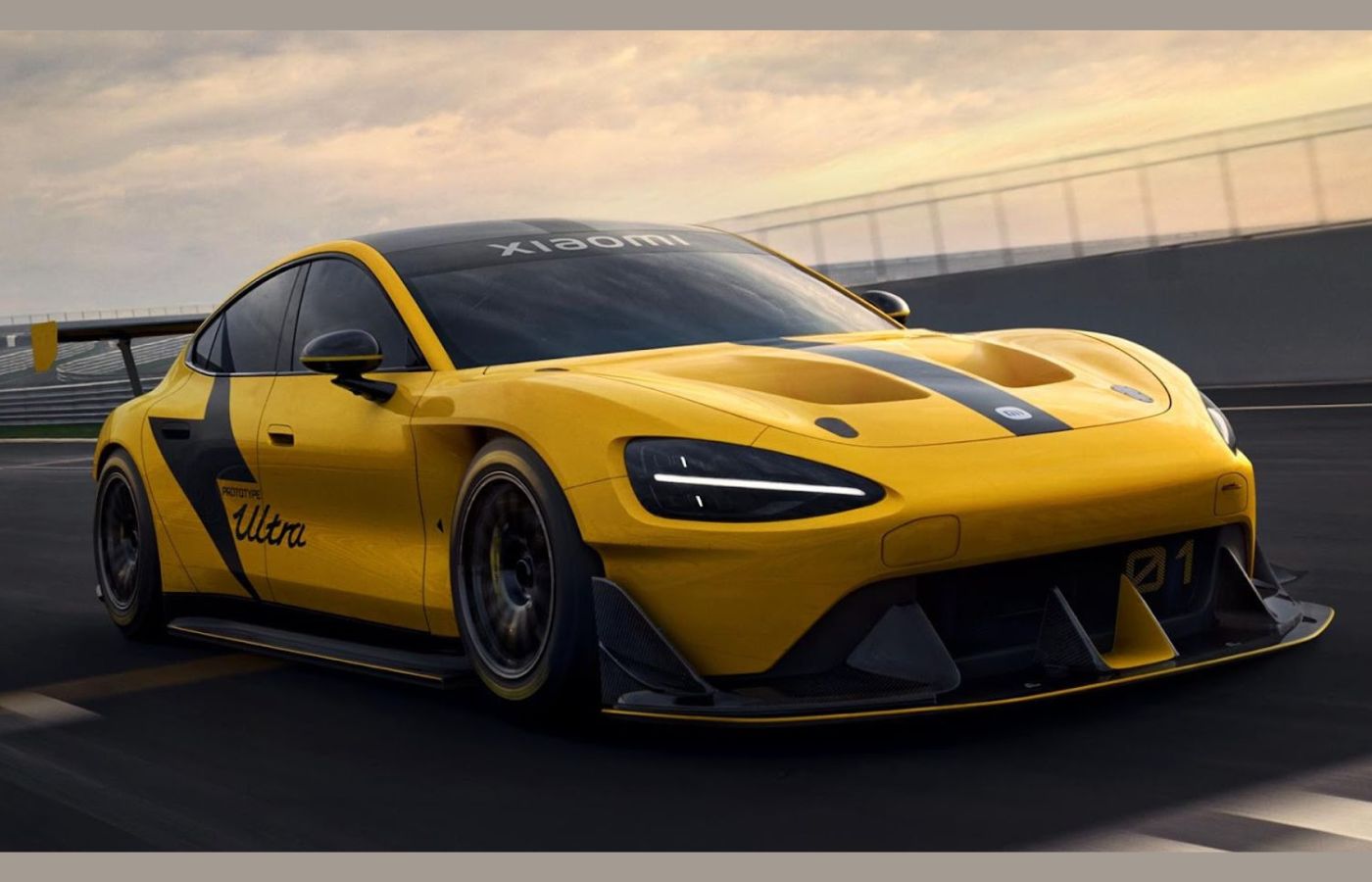
.webp)